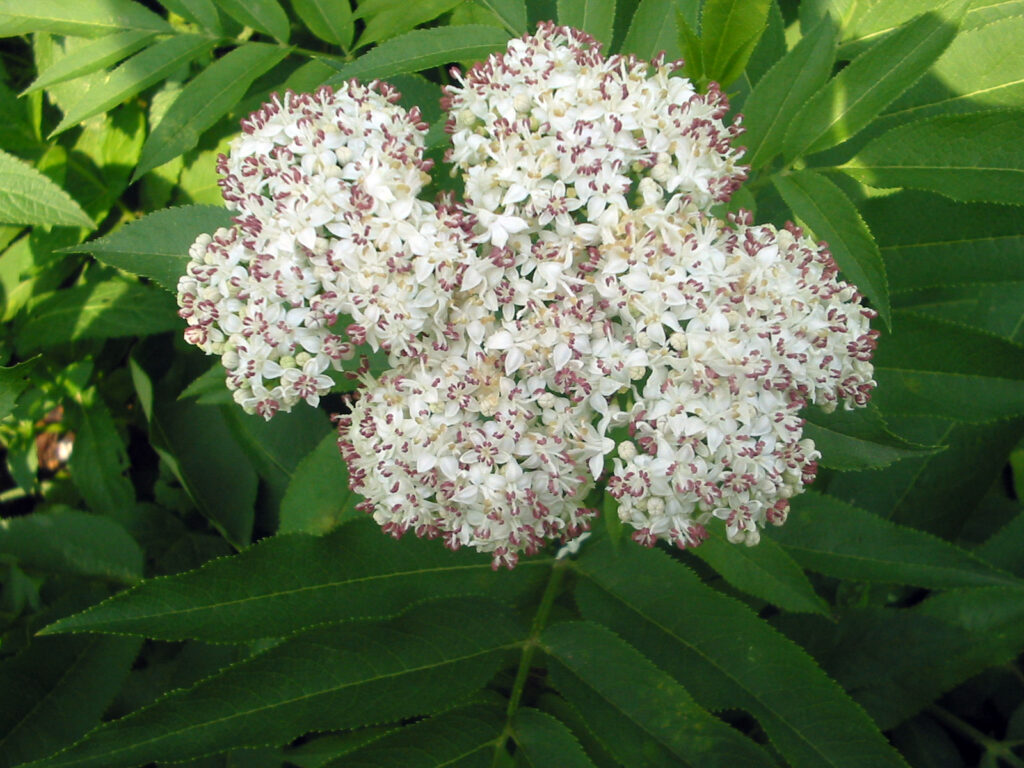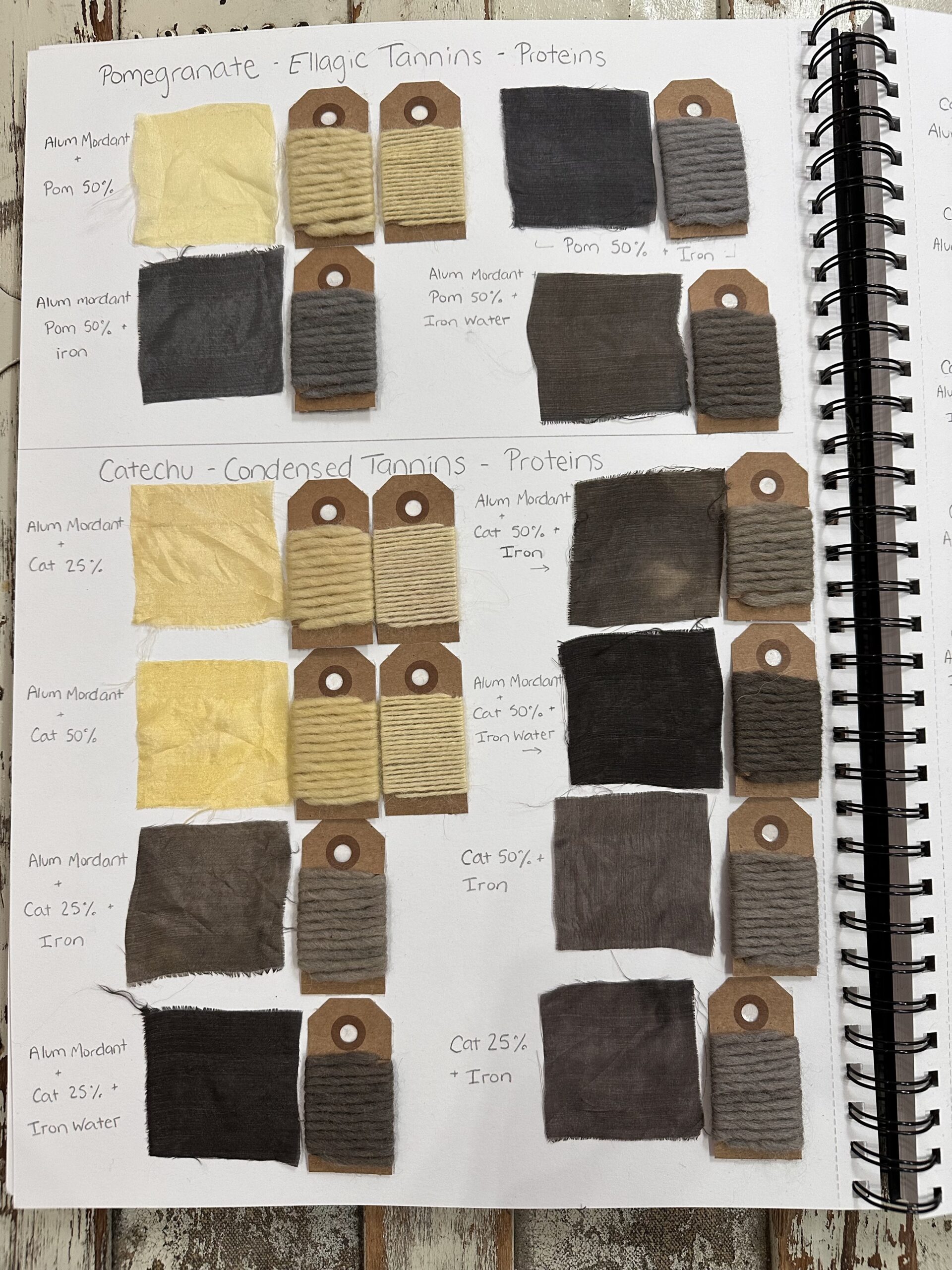There are no end of ways to make colour happen on cloth and wool, the trick is rather to make them stay there. The earliest forms of fixing colours come from what Bríd Mahon (Traditional Dyestuffs in Ireland from Gold Under the Furze) calls “crude native alum [….] from wood ash, human urine, sheep manure, oak galls, the sediment of certain pools containing alumina or iron and filtered smoke.” This is one occasion where I would really appreciate an oxford comma is that iron, and filtered smoke or iron and filtered smoke? (I must be in a funny mood today because my brain is now currently madly entertaining ways to capture filtered smoke, with and without iron now) I have some questions about the addition of oak galls (source of tannin) in with crude alums, but that’s a different story.
What I do love is that there seems to be quite a bit of evidence about the Irish making good use of tannins and naturally occurring tree related agents, since this pretty much fits slap bang into my particular interests. I have not previously been a big fan of the beige and brown ranges of colour that tree tannins bring immediately to my mind, but I am excited at the idea of experimenting with Spring wood and bark, since the sap is rising rapidly at the moment. According to Mahon the traditional use of alder or oak chips as a tannin is called “Barking the yarn” and I have come to learn that tannins are an excellent mordant when preparing to dye linen in particular. And of course if you add copperas (iron) to oak or alder you get black.
In other work I have done I know it is possible to make ink from hawthorn and blackthorn, and where you can make ink you can absolutely make dye. I’ve also made a pinkish beige dye from birch bark that I reckon would make a great foundation for overdyeing and I read that cherry bark gives a good brown. I am unlikely to be able to test the cherry bark one for a while, I’m not prepared to damage any tree to get some, and I don’t know of any felling happening with cherries right now (if anyone does let me know!) What I do have is an abundance of blackthorn or slow bushes, known in Irish as Draigneán donn. Donn is the Irish for brown and yes, you guessed it, makes brown dye.
One of the other things I adore about my general areas of research is how it all also feeds into my love of names that have been colloquially given to flora and fauna (mushroom names are amazing) Today I met Daneweed aka danesblood, danewort, walewort, blood hilder or the dwarf elder (sambucus ebulus) which I was familiar with as just dwarf elder. In Irish it has two names Lus na nDanar (dane’s plant, roughly) and Péith bhog (mondernly péith is translated as pineapple so this would be soft pineapple, but either that’s a new irish name or péith meant something else in the 13th century) It was said to grow where ever Danes were slaughtered (sorry Danes) it’s just one of those plants that captures the mood of a culture of plant focused people of the time. It is a powerhouse of the medieval medicine world but for dying purposes it is supposed to yield a green from the tree and purple from the berries, with alum, as does the more common elder.

Sambucus ebulus in the CalPhotos photo database, University of California, Berkeley (Creative Commons)
Privet, (ligustrum vulgare, or in Irish Tor luathfás) which I also inherited an abundance of, is said to produce green from the bark, so I am collecting that later today as well, and yellow from the leaves, which will come later.
Birch (Betulas or in Irish Beith) leaves give a lovely greeny-yellow and the bark the aforementioned pinkish brown in spring. Also smells lovely to work with.
Buckthorn (rhamnus or in Irish Maide bréan) broke my heart trying to find it for pigment/ink. It’s not very common here any more but I have bought some saplings for my damp hedge and hope to change this. The berries are the source for the pigment known as sap green. So far I’ve only made pigment with the ripe berries but I need to work again with the green berries. The bark produces a yellow as does the inner bark of the crap apple (malus sylvestris or Úll fiain)
Walnut of course gives gloriously good browns, but it’s not at all common in Ireland, so I not inclined to include it in a list of native dye colours.
So, to distill this down to an action list, here follows my foraging list for this month’s experiments with trees:
- Alder cones (already some provided to Katie of Dun in Mara as well)
- Birch twigs for my spring to autumn comparison experiment
- blackthorn twigs
- Dwarf elder and elder for comparison and for experiments on their own
- Hawthorn for experiments and for ink making
- Privit for twigs first, leaves a little later
I reckon that should keep me busy for a while! As I collect and test each sample I’ll write it up here as well.


Leave a Reply